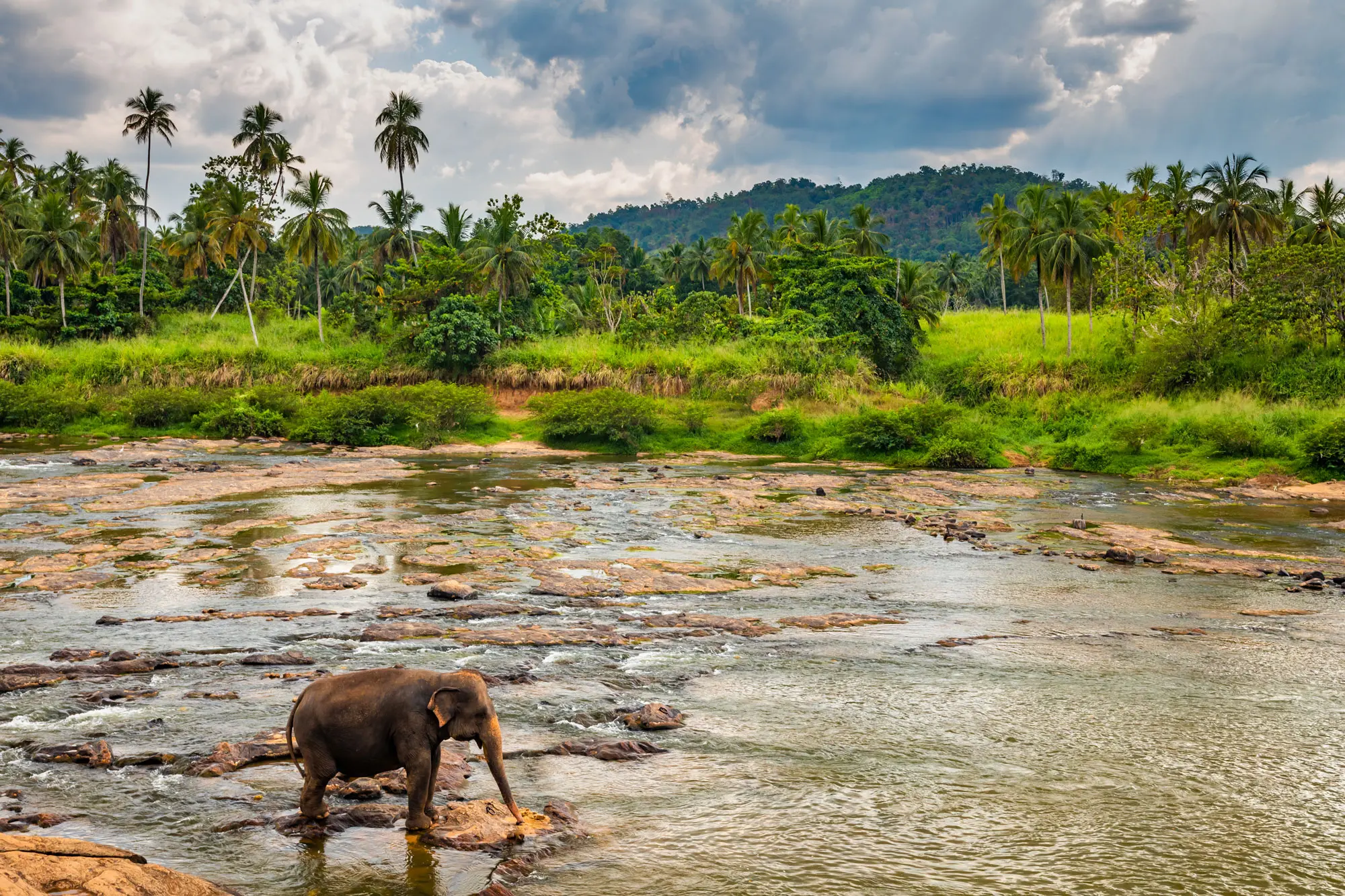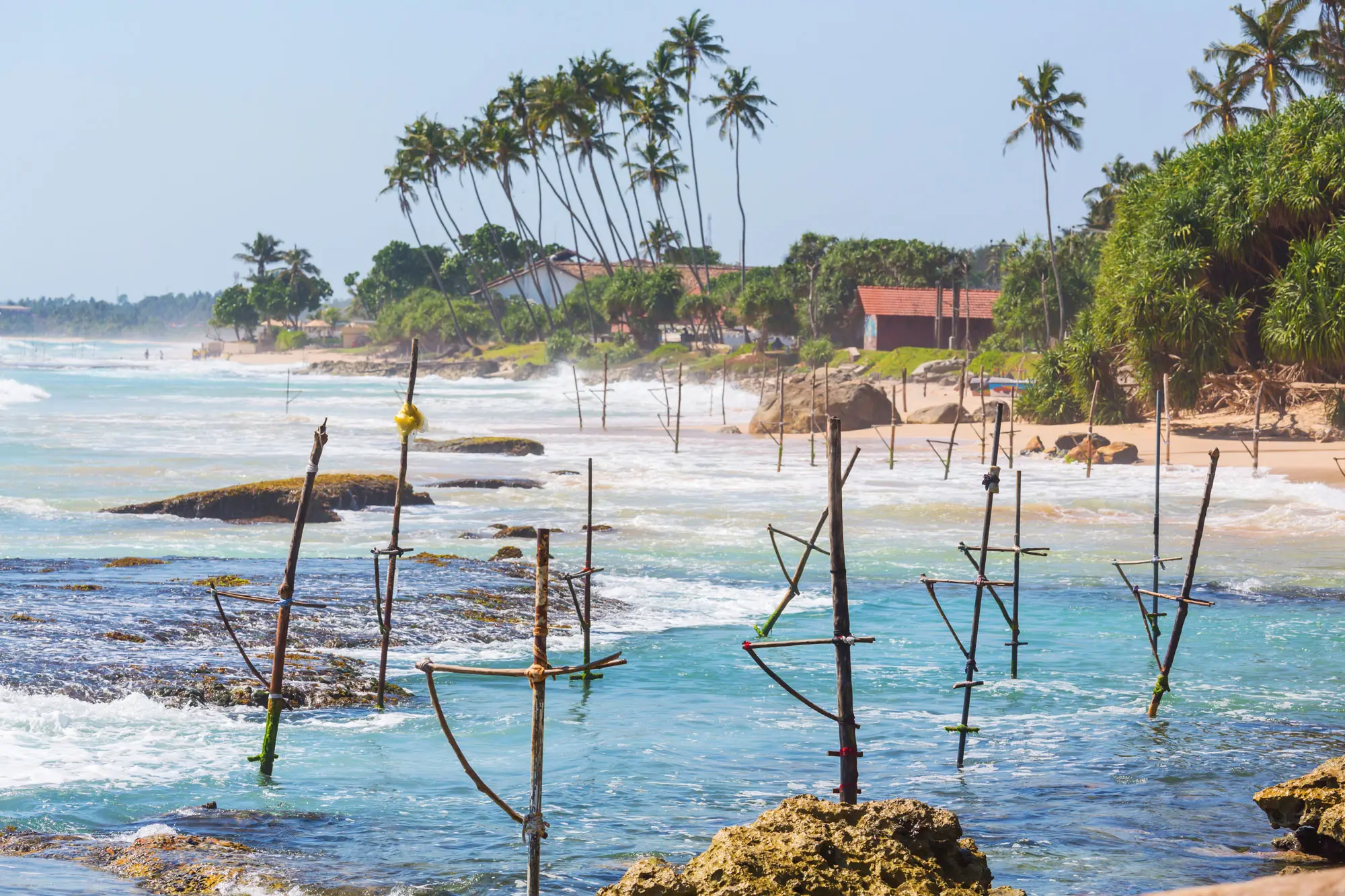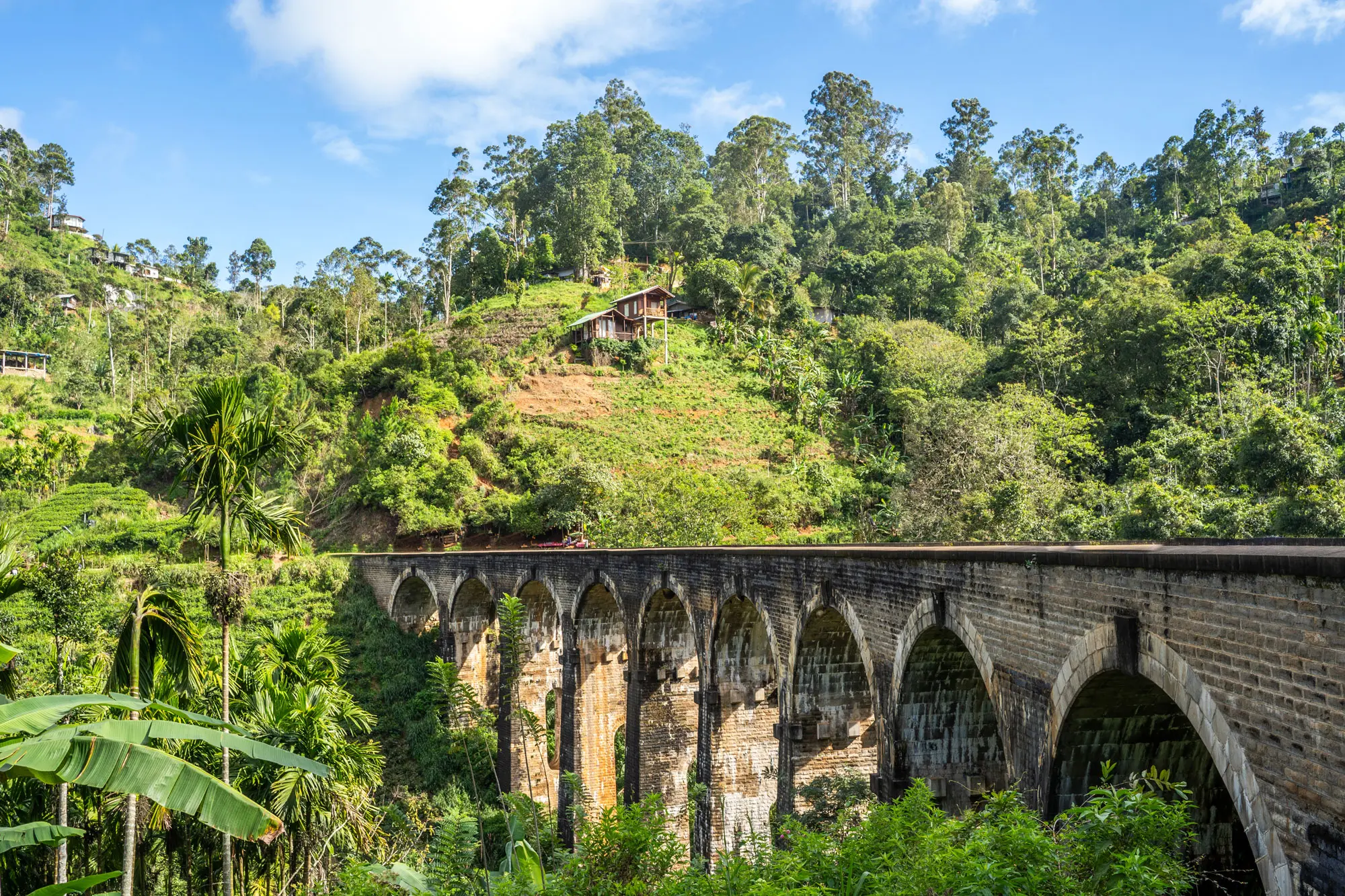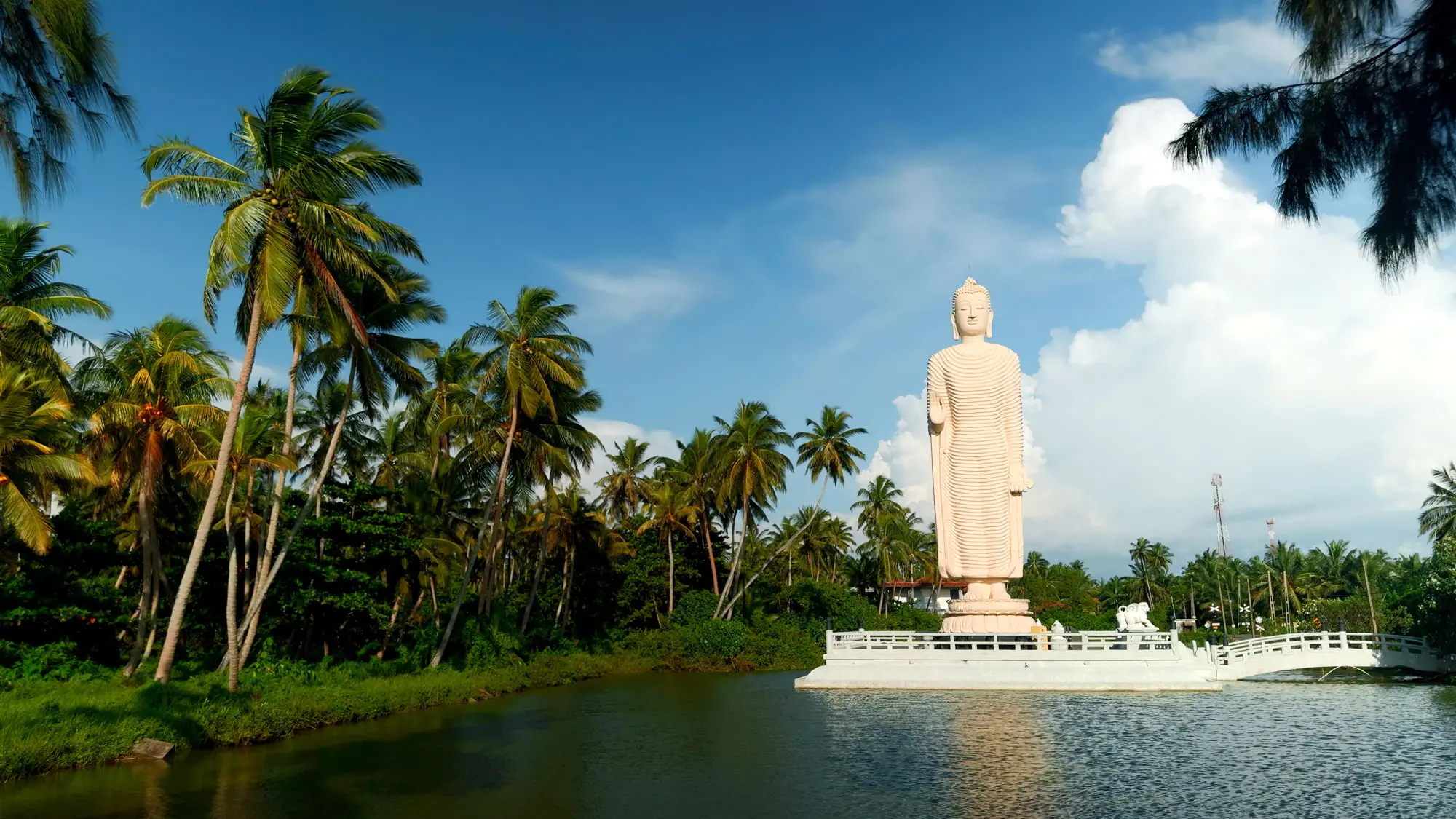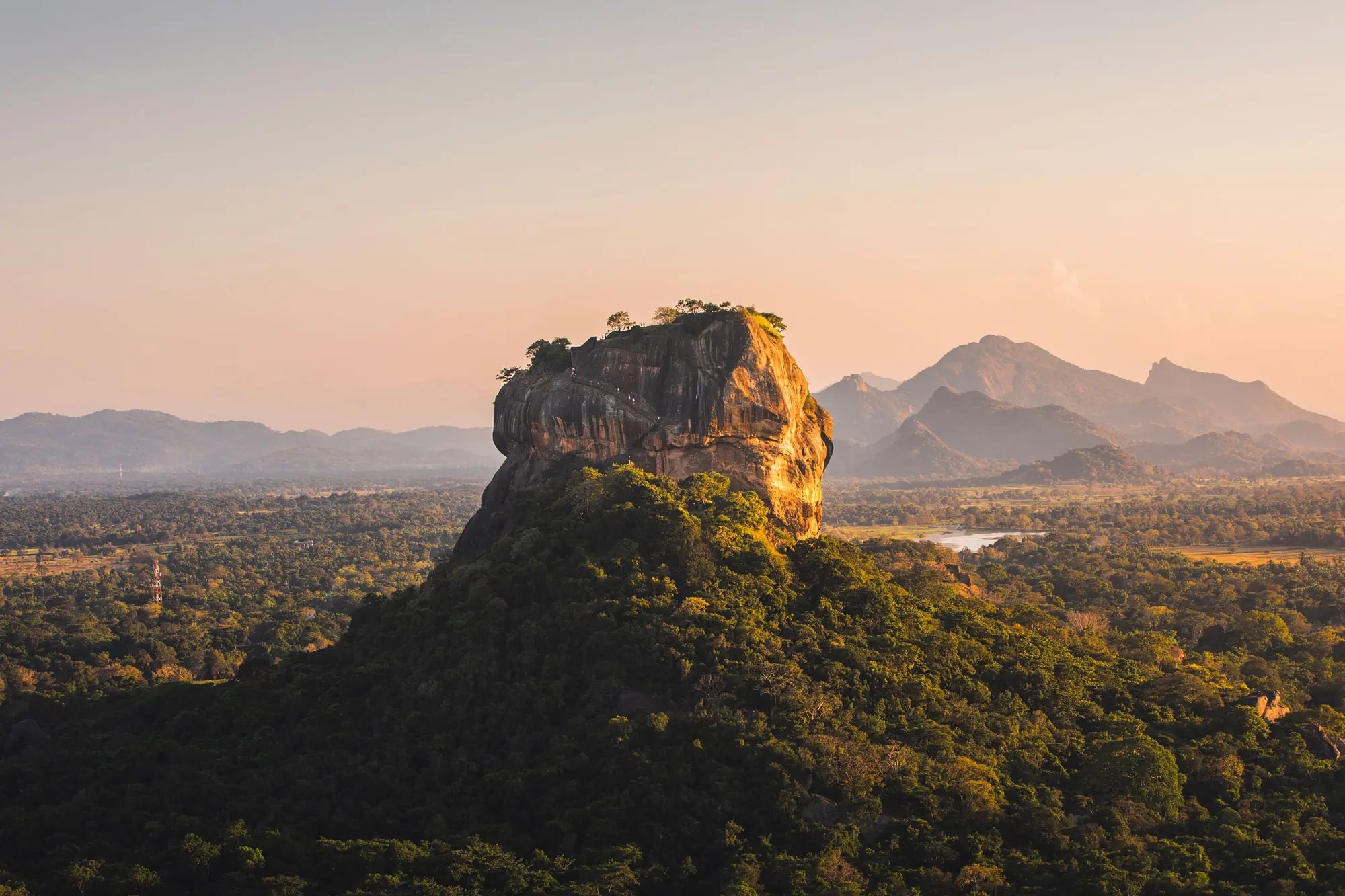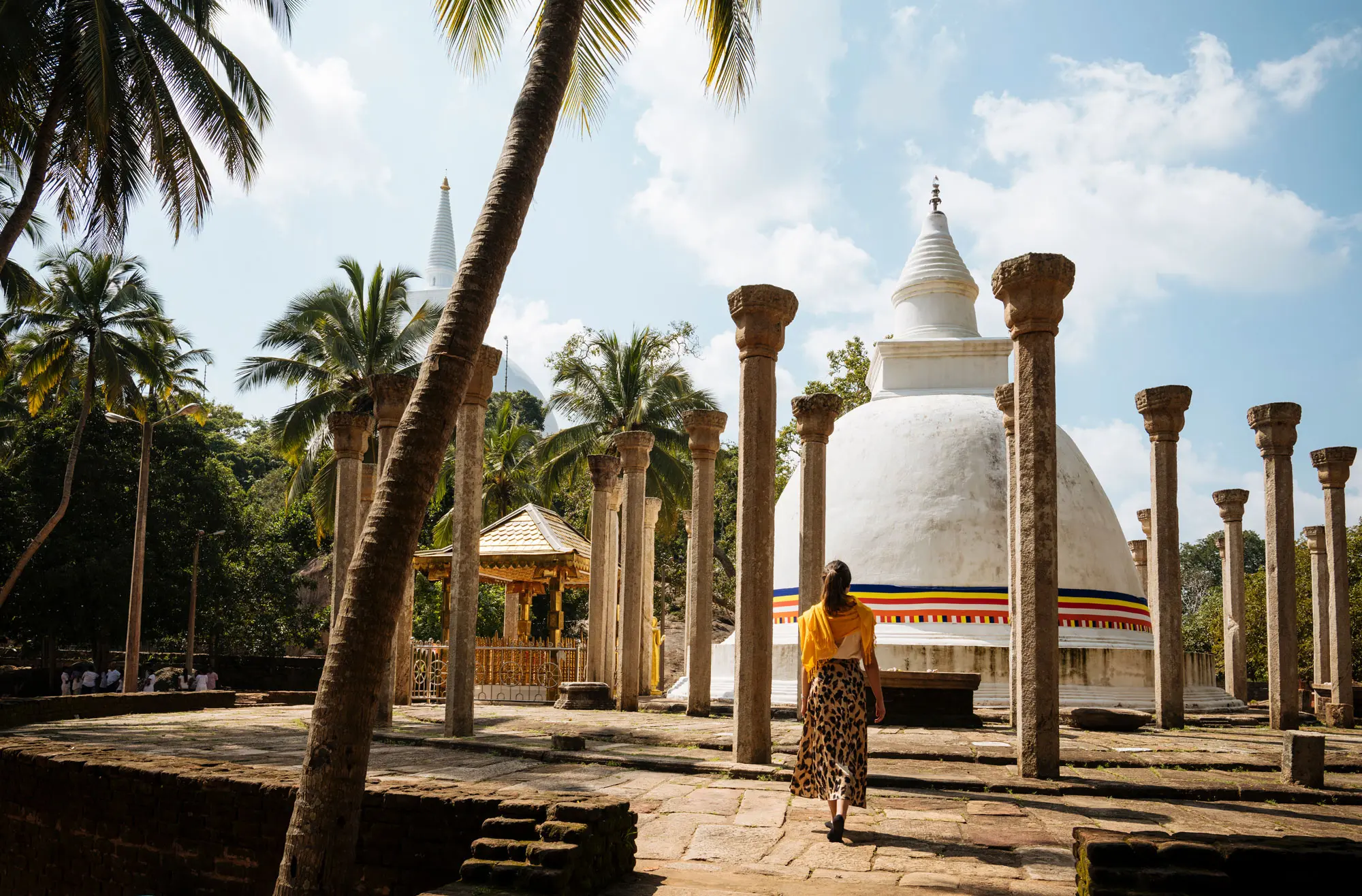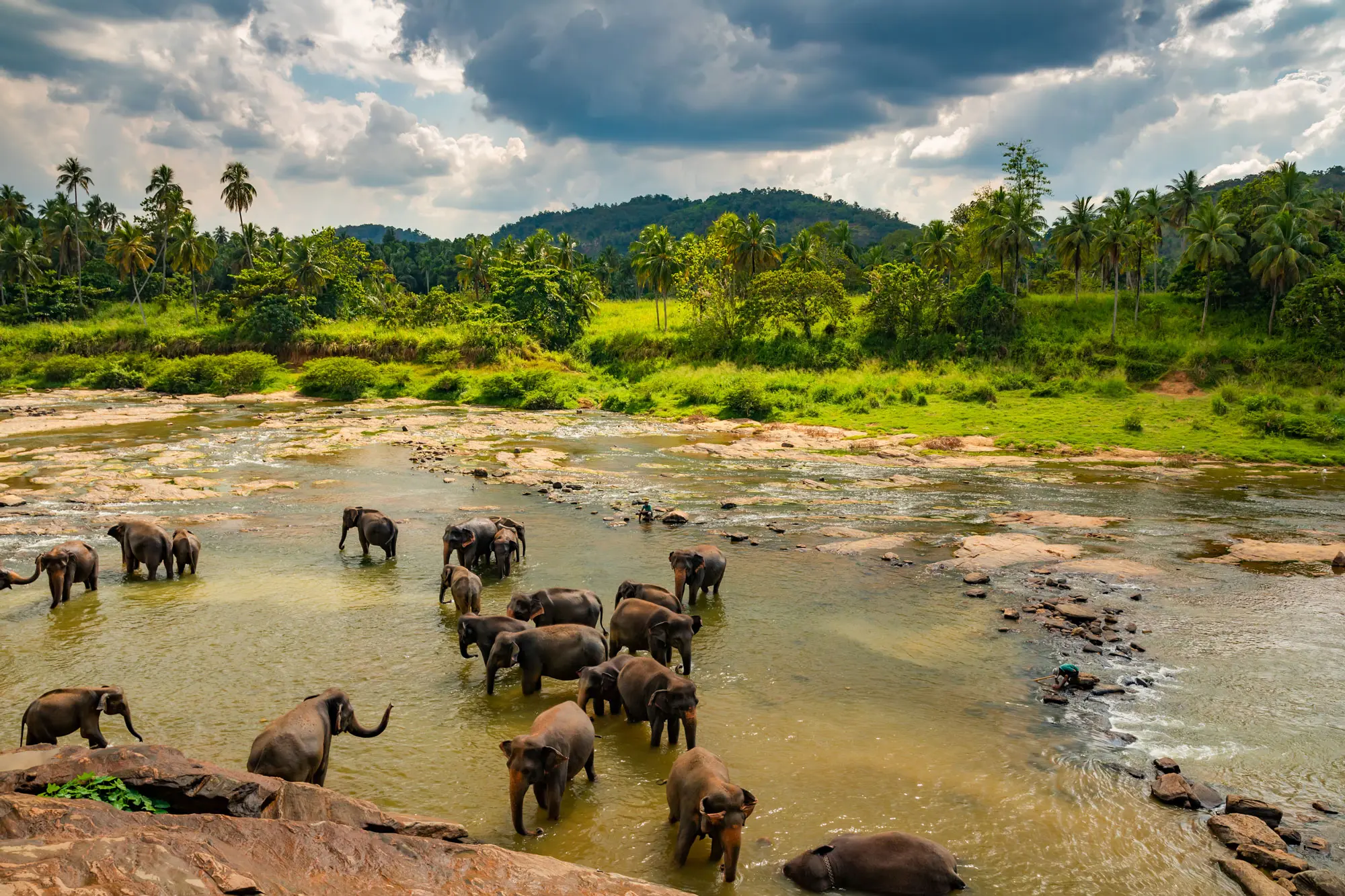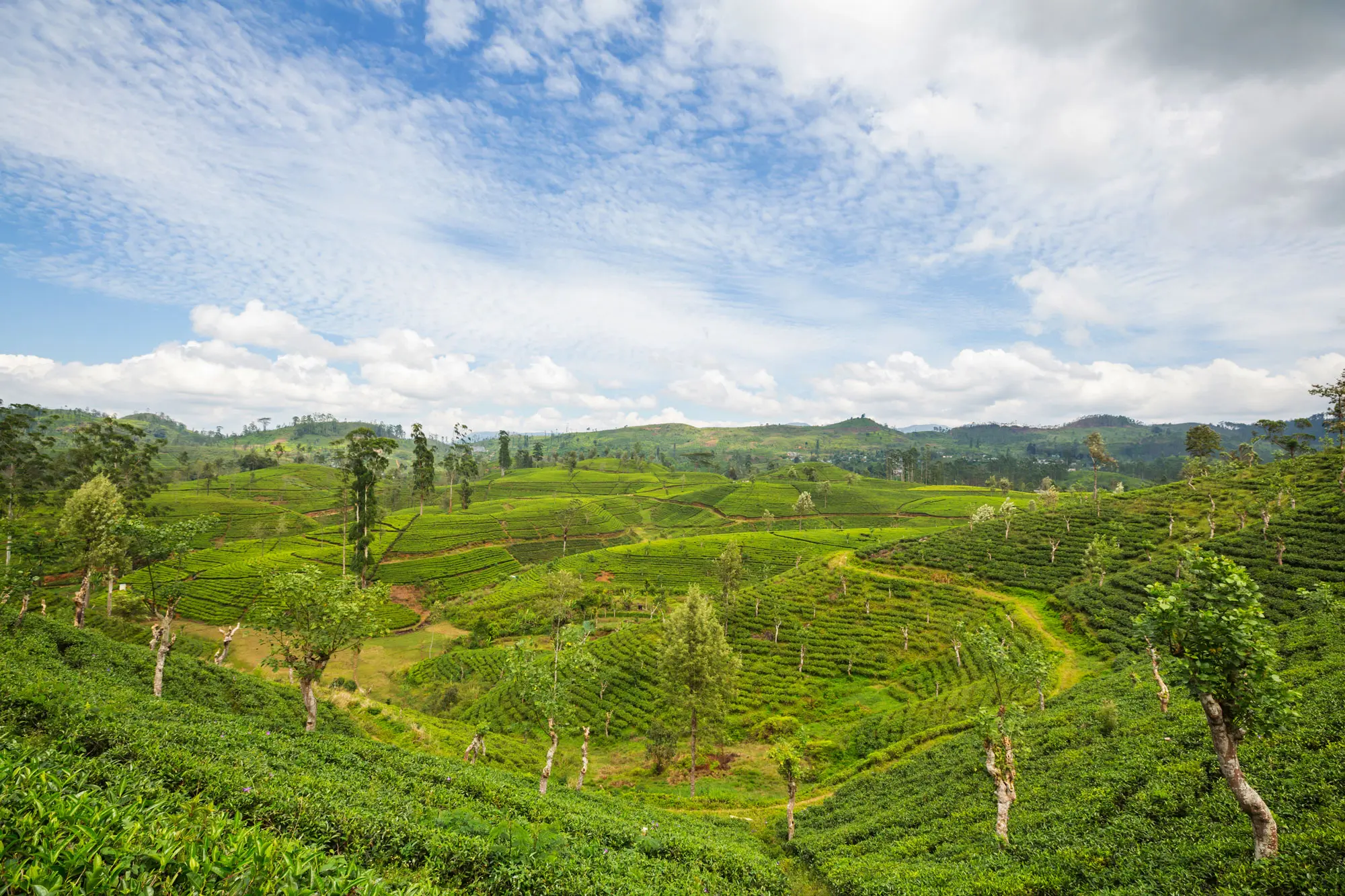Sigiriya: A Symbol of Pride for Sri Lanka
Sigiriya, often called the “Lion Rock,” stands tall as one of Sri Lanka’s most iconic landmarks. This ancient rock fortress, located in the heart of the island, is not just a breathtaking historical site but also a symbol of national pride, showcasing the rich heritage, culture, and ingenuity of Sri Lanka’s ancient civilization. Rising 200 meters above the surrounding jungle, Sigiriya’s grandeur captures the essence of a proud and resilient nation.
A Glimpse into History
Sigiriya‘s origins date back to the 5th century when it was transformed into a royal citadel by King Kashyapa. The site was chosen for its strategic advantages and natural beauty. The massive rock was intricately sculpted into a fortified palace, complete with advanced irrigation systems, gardens, and awe-inspiring frescoes that still draw admiration today. Its architecture and artistry are a testament to the sophisticated engineering skills of ancient Sri Lankans.
Climbing Sigiriya is like taking a journey through time, from the lush gardens at the base, through the winding stone steps, to the towering heights of the fortress where the ruins of the royal palace rest. Each level offers a glimpse of the past—frescoes of celestial maidens, the famed Mirror Wall inscribed with centuries-old poems, and the majestic Lion’s Gate that once served as the grand entrance to the citadel.
Cultural Significance
Beyond its architectural marvels, Sigiriya holds deep cultural and historical significance for Sri Lankans. It is a symbol of resilience, reflecting how the island’s ancient civilization overcame both natural and human challenges to build a lasting legacy. The fortress represents a fusion of artistic vision and military strategy, making it an enduring emblem of the island’s rich cultural tapestry.
The surrounding gardens, believed to be among the oldest landscaped gardens in the world, showcase the harmonious blend of nature and human innovation. These gardens are a source of pride, demonstrating Sri Lanka’s early mastery of hydraulic technology, as evidenced by the network of sophisticated water fountains and reservoirs that still function today during the rainy season.
A UNESCO World Heritage Site
In 1982, Sigiriya was recognized as a UNESCO World Heritage Site, solidifying its place as a cultural treasure not only for Sri Lankans but for the world. This recognition highlights the global importance of preserving this historical marvel and encourages the protection of Sri Lanka’s heritage.
Today, thousands of visitors from around the world come to experience the awe-inspiring beauty of Sigiriya. As they ascend the rock, they are not just witnessing a historical site but immersing themselves in a symbol of national pride that continues to inspire future generations.
Sigiriya's Place in Modern Sri Lanka
For many Sri Lankans, Sigiriya is more than a tourist attraction—it’s a point of national pride that represents the country’s rich history, cultural achievements, and resilience. The fortress serves as a reminder of Sri Lanka’s ability to rise above challenges, just as it has over the centuries.
Sigiriya also reflects the deep connection between the people and their land. Its well-preserved ruins, remarkable artwork, and intricate design demonstrate the harmonious relationship between ancient Sri Lankans and their environment—a connection that continues to resonate today as the country embraces sustainable tourism and heritage preservation.
Sigiriya as a National Symbol
Sigiriya is not just a majestic fortress; it’s a living testament to the enduring spirit of Sri Lanka. Its towering presence symbolizes the nation’s pride, resilience, and cultural legacy. As Sri Lanka continues to forge its place in the modern world, Sigiriya remains a beacon of inspiration, standing as a proud reminder of the country’s remarkable past and a hopeful future.




